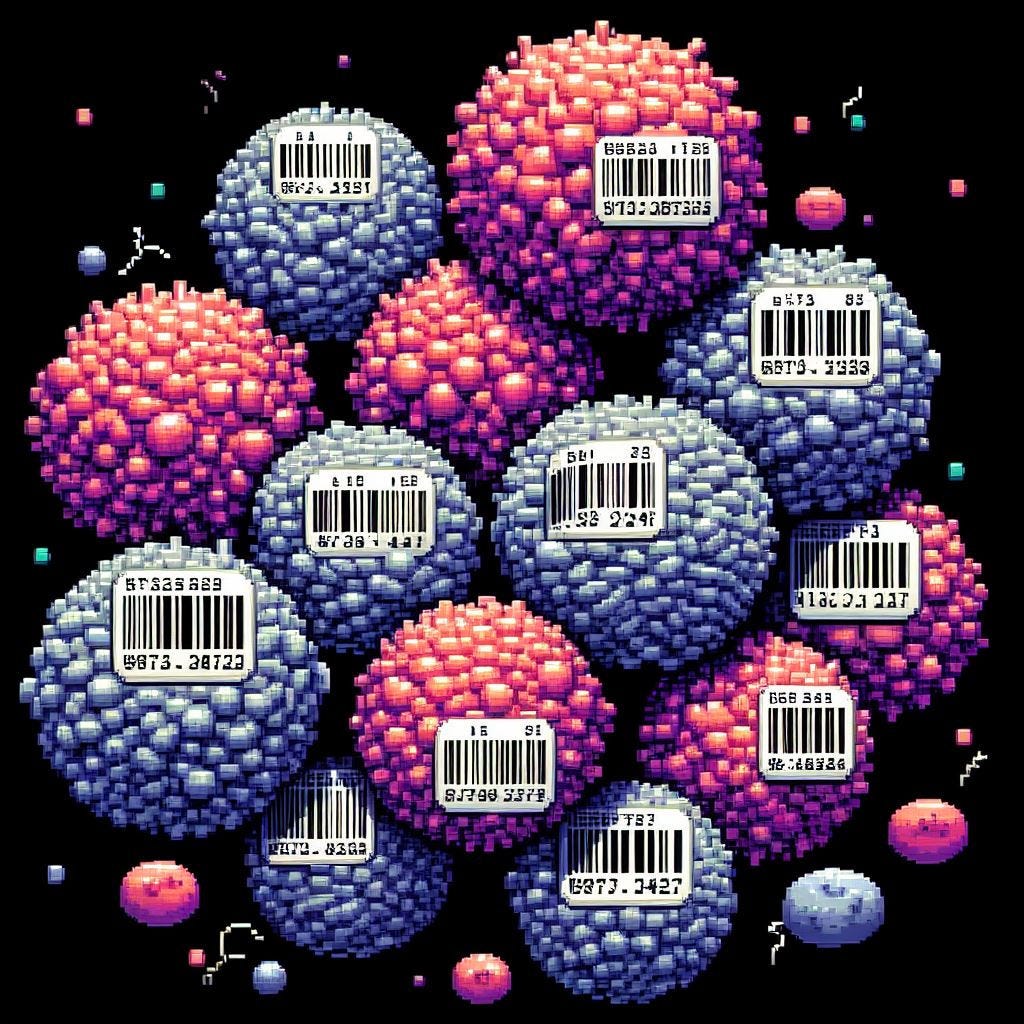As Mark’s oncologists receive his leukemia cell sequencing results to design a targeted treatment, they get a general understanding of the initial genetic variations and activity of his genes. However, the traditional sequencing methods they used are only an average of all the immune cells in Mark’s blood or bone marrow, which means they cannot attribute specific mutations to specific immune cell populations. It’s like seeing the fog of a fire from afar without being able to point to the source. Even when using flow cytometry to sort and isolate specific types of immune cells, Mark’s doctors find themselves limited in the number of genes they can analyze, which isn’t of much help considering leukemia’s high genetic heterogeneity.
Keep reading with a 7-day free trial
Subscribe to Biopunk to keep reading this post and get 7 days of free access to the full post archives.





